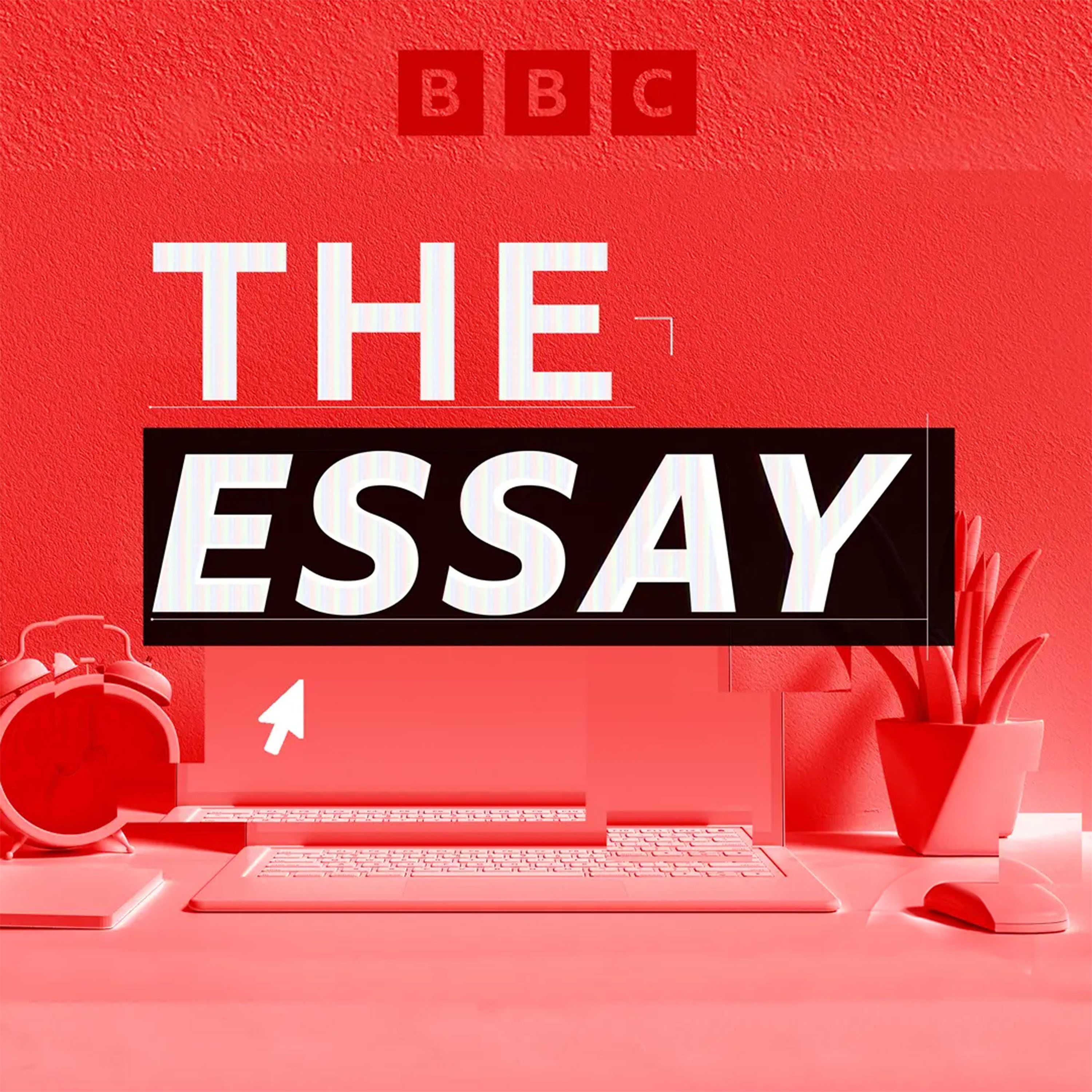

The Essay
BBC Radio 3
Leading writers on arts, history, philosophy, science, religion and beyond, themed across a week - insight, opinion and intellectual surprise.
Episodes
Mentioned books

May 7, 2014 • 14min
Tracing Dylan's Pathway
Recorded at the Laugharne Live Festival, in the grounds of Laugharne Castle, West Wales.
Five leading writers and artists reflect on the ways in which they connect with one of Wales's most famous cultural exports, Dylan Thomas.
The poet and writer Gwyneth Lewis, whose words are emblazoned over Wales Millennium Centre, takes a personal journey through the language of Dylan Thomas. She argues that to appreciate the work fully we must understand the poet's rigorous practice and detailed knowledge of poetic history and tradition.

May 6, 2014 • 14min
A Childhood Encounter with Dylan
Recorded at the Laugharne Live Festival, in the grounds of Laugharne Castle, West Wales, in 2014.
Five leading writers and artists reflect on the ways in which they connect with one of Wales's most famous cultural exports, Dylan Thomas.Andrew Davies reflects on the influence of Dylan Thomas on a child growing up in Wales in the 1950s, with aspirations to be a writer. A day trip to Rhossili beach and a Cornish pasty chimed with Davies's role model's account in "Portrait of the Artist as a Young Dog", but was this the gateway to a future as a poet?

May 5, 2014 • 14min
Crossing Dylan's Boundaries
Recorded at the Laugharne Live Festival, in the grounds of Laugharne Castle, West Wales.
Five leading writers and artists reflect on the ways in which they connect with one of Wales's most famous cultural exports, Dylan Thomas.
Professor John Goodby is one of the world's most respected academic authorities on the poetry of Dylan Thomas. Using poems such as the radiant "In the White Giant's Thigh", "And death shall have no dominion" and "A Refusal to Mourn" he explores how the boundaries which Dylan Thomas crossed in both life and art have made it difficult for critics to pigeon-hole his legacy.

May 2, 2014 • 14min
Dan Cruikshank on Robert Adam
In today's essay, historian Dan Cruikshank explores his passion for Georgian architecture through the work of the Scottish neoclassical architect and interior designer Robert Adam.Producer: Mohini Patel.

May 1, 2014 • 12min
Martin Rowson on William Hogarth
In today's essay shedding light on key figures of the Georgian era, the writer and cartoonist Martin Rowson discusses the satiric genius of William Hogarth and his lasting influence on the development of the political cartoon.Producer: Mohini Patel.

Apr 30, 2014 • 14min
Amanda Vickery on Elizabeth Parker Shackleton
In today's essay shedding light on key figures of the Georgian era, historian Amanda Vickery explores the life of gentlewoman Elizabeth Parker Shackleton, member of the lesser gentry and mercantile elite of 18th-century Lancashire.Producer: Mohini Patel.

Apr 29, 2014 • 14min
Ian Kelly on David Garrick
In today's essay shedding light on key figures of the Georgian era, actor and writer Ian Kelly explores the life and times of David Garrick - actor, playwright and one of the most influential theatre managers of his generation.Producer: Mohini Patel.

Apr 28, 2014 • 12min
Claire Tomalin on Dora Jordan
In the first essay of the week, shedding light on key figures of the Georgian era, biographer Claire Tomalin explores the life of Dora Jordan, the greatest comic actress of her day and renowned for being lover to the future king.The rest of the essays in this series are by the actor and writer Ian Kelly on actor, playwright, and theatre manager David Garrick; historian Amanda Vickery on Lancashire gentlewoman Elizabeth Parker Shackleton; writer and cartoonist Martin Rowson on Hogarth and historian Dan Cruikshank on architect Robert Adam.Producer: Mohini Patel.

Apr 12, 2014 • 14min
An Intimate History of the Bed
dNovelist and academic Ian Sansom explores the symbolism of beds in literature, art and film, and asks what beds reveal about human nature. 'Beds are where we are most physical, most elemental, and where we experience the great highs and lows of life. Everything significant that happens to us tends to take place in bed'. Certainly many of history's greatest thinkers and writers are thought to have been inspired in bed; G.K. Chesterton wished he had a pencil long enough to write on the ceiling while lying down, Milton is said to have written Paradise Lost in bed, and Truman Capote started his day in bed with coffee, mint tea, sherry and martinis. Ian thinks the bed is where we are most ourselves 'the place where you cannot hide', and perhaps we try to avoid spending too much time there because we fear what it signifies - 'the never-ending lie-in to come'.

Apr 10, 2014 • 14min
Old Mother Hubbard and the Cabinet of Curiosity: The Story of Storage
Novelist Ian Sansom delves into cupboards and cabinets to explore what they reveal about human nature. Le Corbusier didn't approve of the clutter cupboards encourage, wanting to free our lives of 'junk'; whereas artist Herbert Distel filled a cabinet with trinkets donated by Man Ray, Annette Messager, Andy Warhol, and John Cage - 'a roll-call of twentieth-century conceptualists, creatives, collagists and curators of the curious' in his Museum of Drawers. Rimbaud wrote about an old sideboard crammed with memories, and Duchamp fitted his life's work in a suitcase, but Ian wonders if the contents of our cupboards really do tell our life stories, complete with the all the hopes, dreams and broken promises suggested by unused pasta machines and unfinished jigsaws - or in the end does it all 'amount to nothing, just so much junk?'.


